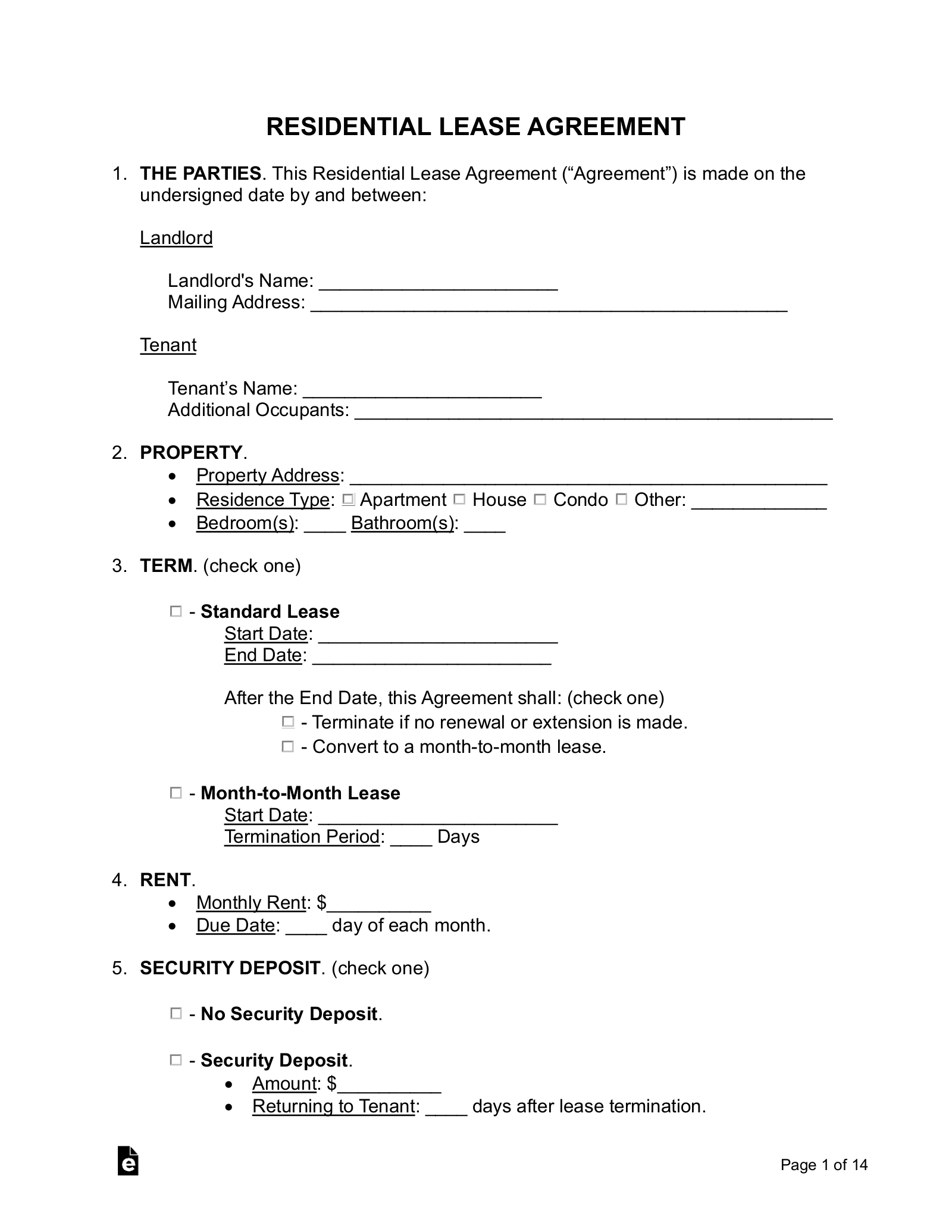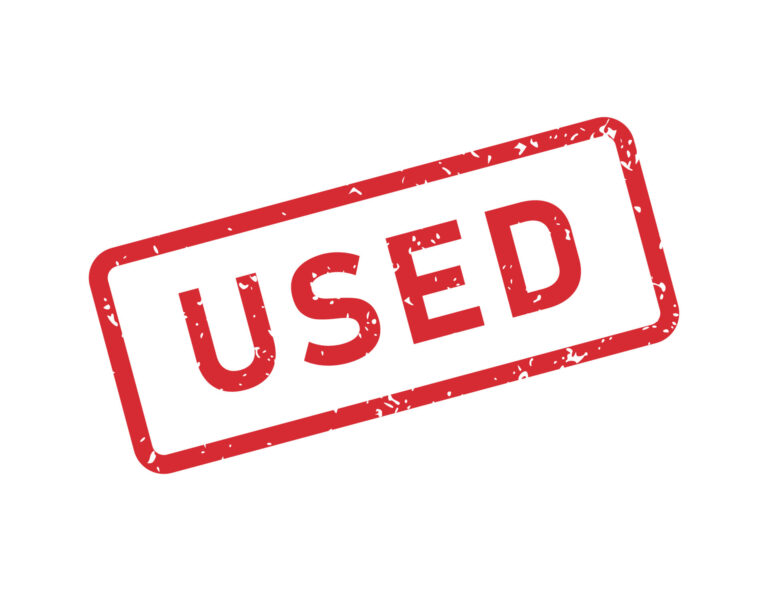Lease Jeep Cherokee Price: Your Comprehensive Guide to Smart Leasing
Lease Jeep Cherokee Price: Your Comprehensive Guide to Smart Leasing jeeps.truckstrend.com
In the dynamic world of automotive finance, the allure of driving a brand-new vehicle without the long-term commitment of ownership often leads consumers to consider leasing. Among the myriad options available, the Jeep Cherokee stands out as a popular choice, blending rugged capability with everyday comfort and style. But how does one navigate the complexities of "Lease Jeep Cherokee Price" to ensure a smart, financially sound decision?
Understanding the true cost of leasing a Jeep Cherokee goes beyond just the advertised monthly payment. It involves dissecting various financial components, understanding market dynamics, and knowing how to negotiate effectively. This comprehensive guide will demystify the process, providing you with the knowledge and tools to confidently approach your next Jeep Cherokee lease.
Lease Jeep Cherokee Price: Your Comprehensive Guide to Smart Leasing
What is a Jeep Cherokee Lease? Understanding the Fundamentals
At its core, leasing a vehicle like the Jeep Cherokee is akin to a long-term rental agreement. Instead of purchasing the vehicle outright or financing its full price, you pay for the depreciation of the vehicle over a set period, typically 24 to 48 months, plus a finance charge. You never actually own the car during the lease term, though you usually have the option to buy it at the end.
Key Components of a Lease:
- Capitalized Cost (Cap Cost): This is essentially the selling price of the vehicle that the lease is based on. Just like buying, you can negotiate this price with the dealer. A lower Cap Cost directly translates to lower monthly payments.
- Residual Value: This is the estimated value of the vehicle at the end of the lease term, expressed as a percentage of the MSRP. A higher residual value means the car is projected to depreciate less, which in turn leads to lower monthly payments for you. The Jeep Cherokee generally holds a decent residual value compared to some competitors, which can make its lease payments more attractive.
- Money Factor: This is the finance charge, similar to an interest rate on a loan. It’s usually a very small decimal (e.g., 0.00200). To convert it to an approximate annual percentage rate (APR), multiply it by 2400 (0.00200 x 2400 = 4.8% APR). A lower money factor means lower finance charges and lower monthly payments.
- Lease Term: This is the duration of your lease agreement, commonly 24, 36, or 48 months. Shorter terms typically have higher monthly payments but often come with higher residual values.
- Mileage Allowance: Leases come with an annual mileage limit (e.g., 10,000, 12,000, or 15,000 miles per year). Exceeding this limit results in per-mile penalties (e.g., $0.20-$0.25 per mile) at the end of the lease.

Benefits of Leasing a Jeep Cherokee:
- Lower Monthly Payments: Often significantly lower than loan payments for the same vehicle, as you’re only paying for depreciation.
- Drive a New Car More Often: Enjoy the latest features, technology, and safety advancements every few years.
- Warranty Coverage: The vehicle is typically under warranty for the entire lease term, reducing unexpected repair costs.
- Less Hassle: No need to worry about selling or trading in a used car at the end of the term.
Factors Influencing Lease Jeep Cherokee Price
Several critical factors converge to determine your final monthly lease payment for a Jeep Cherokee. Understanding these will empower you to make informed decisions and negotiate effectively.
- Manufacturer’s Suggested Retail Price (MSRP) / Capitalized Cost: While MSRP is the starting point, the negotiated "sales price" (Capitalized Cost) is what truly matters. Always negotiate this as if you were buying the car outright.
- Residual Value (RV): This is paramount in leasing. Jeep’s current models, including the Cherokee, typically have competitive residual values. A higher RV means less depreciation to pay for, resulting in a lower monthly payment. RVs are set by the leasing company and can vary by trim, term, and mileage allowance.
- Money Factor (MF): Your credit score heavily influences the money factor you’re offered. Excellent credit can unlock the lowest MFs, significantly reducing your finance charges. Dealerships may mark up the money factor, so it’s crucial to know the base rate (often available online or from independent lease brokers).
- Lease Term Length: A 36-month lease is common. Longer terms (e.g., 48 months) can lower monthly payments but often come with lower residual values and you’ll pay more in total finance charges. Shorter terms (e.g., 24 months) usually have higher monthly payments but higher residuals.
- Down Payment (Capitalized Cost Reduction): While a down payment can lower your monthly payments, it ties up cash and is lost if the car is totaled early in the lease. Many experts advise making the smallest down payment possible, or even none at all, and instead using that cash for multiple security deposits (MSDs) if offered, which can lower your money factor.
- Credit Score: A strong credit score (typically 700+) is essential for securing the best money factor and most favorable lease terms. Lenders view higher scores as lower risk.
- Lease Incentives and Rebates: Manufacturers frequently offer special lease programs, including "lease cash" (a direct reduction in capitalized cost) or subsidized money factors, which can dramatically lower your payments. These incentives change monthly and vary by region.
- Taxes and Fees: Don’t forget these additional costs. They can include:
- Acquisition Fee: An administrative fee charged by the leasing company (typically $595-$995).
- Disposition Fee: A fee charged at lease end for turning in the vehicle (typically $300-$500), waived if you lease another vehicle from the same brand.
- Registration and License Fees: Standard fees required by your state.
- Sales Tax: Applied differently depending on the state. Some states tax the entire vehicle price upfront, while others tax only the monthly payment.
Breaking Down the Lease Payment Components
Your monthly lease payment for a Jeep Cherokee is fundamentally composed of two main elements, plus sales tax:
- Depreciation Charge: This is the core of your payment. It’s calculated as (Capitalized Cost – Residual Value) / Lease Term. For example, if a $35,000 Jeep Cherokee has a $20,000 residual value after 36 months, the depreciation is $15,000 ($35,000 – $20,000). Divided by 36 months, this is approximately $416.67 per month.
- Finance Charge: This is the cost of borrowing the money, calculated as (Capitalized Cost + Residual Value) x Money Factor. Using the previous example with a money factor of 0.00200: ($35,000 + $20,000) x 0.00200 = $55,000 x 0.00200 = $110 per month.
- Sales Tax: This varies by state and local regulations. Some states tax the full capitalized cost upfront, others tax each monthly payment, and some tax the sum of the depreciation and finance charge.
So, for our example, a basic monthly payment (before taxes) would be $416.67 (depreciation) + $110 (finance charge) = $526.67. Add sales tax based on your state’s rules, and you have your total monthly payment.
How to Estimate Your Lease Jeep Cherokee Price
Estimating your lease payment requires gathering a few key pieces of information:
- Choose Your Jeep Cherokee Trim: Identify the specific model (e.g., Latitude, Limited, Trailhawk) and any desired packages or options. Get its MSRP.
- Negotiate the Selling Price (Capitalized Cost): Get a few quotes from dealers for the purchase price of the vehicle. This will be your starting Cap Cost.
- Research Residual Value: Check reliable sources like Edmunds.com, Kelley Blue Book, or forums for typical residual values for the Jeep Cherokee, specific to your chosen trim, term length (e.g., 36 months), and annual mileage.
- Determine Money Factor: Ask the dealer for the money factor, or research current "buy rates" (the lowest possible MF) for Jeep Cherokee leases from online communities or independent lease brokers.
- Decide on Down Payment: Factor in any cash you plan to put down.
- Calculate: Use an online lease calculator (readily available on many auto finance websites) or apply the formulas described above to get an estimated monthly payment. Remember to add in estimated taxes and fees.
Tips for Getting the Best Lease Deal
- Negotiate the Sales Price First: Treat the lease like a purchase. Get the lowest possible Capitalized Cost before discussing lease terms.
- Shop Multiple Dealers: Get competitive quotes from at least three dealerships. This forces them to offer their best deals.
- Know Your Credit Score: A higher score equals a lower money factor.
- Ask About Current Incentives: Explicitly ask about any regional or national lease cash, low money factor programs, or conquest/loyalty rebates for the Jeep Cherokee.
- Understand All Fees: Get a clear breakdown of acquisition fees, disposition fees, and any other charges.
- Focus Beyond the Monthly Payment: While tempting to focus only on the monthly cost, evaluate the total cost of the lease (down payment + all monthly payments + fees).
- Consider Multiple Security Deposits (MSDs): If you have excellent credit and cash available, MSDs can reduce your money factor significantly and are refundable at the end of the lease.
- Time Your Lease: Look for deals at the end of the month, quarter, or year when dealers are trying to meet sales quotas. New model year releases can also bring deals on the outgoing year’s models.
Pros and Cons of Leasing a Jeep Cherokee
Pros:
- Lower monthly payments compared to financing.
- Always driving a new vehicle under warranty.
- Access to the latest technology and safety features.
- No trade-in hassle at lease end.
- Potentially lower sales tax in some states (taxed on payments, not full vehicle price).
Cons:
- No ownership equity; you’re always making payments.
- Mileage restrictions with penalties for exceeding limits.
- Potential for excess wear and tear charges.
- Expensive early termination penalties.
- You don’t own the vehicle at the end of the term unless you purchase it.
Potential Challenges and Solutions in Leasing
- Exceeding Mileage Limits: If you anticipate driving more, consider a higher mileage allowance lease upfront (though it will increase payments) or factor in the cost of buying additional miles. You could also buy the vehicle at lease end if its value exceeds the buyout price.
- Excessive Wear and Tear: Maintain your Jeep Cherokee meticulously. Get minor dents, scratches, or interior damage repaired before the final inspection to avoid costly charges. Consider purchasing wear-and-tear protection plans, though evaluate if the cost outweighs the potential benefits.
- Early Lease Termination: This is generally very expensive. Options include finding someone to take over your lease (lease transfer services), or in rare cases, selling the vehicle to a third-party dealer if its market value is higher than your lease payoff.
- Unexpected Lease-End Costs: Be aware of the disposition fee and factor it into your total cost. If you lease another Jeep, this fee is often waived.
Estimated Lease Jeep Cherokee Price Table (Examples)
Please note: These figures are estimates only and are highly subject to change based on specific location, dealer incentives, credit score, current market conditions, and negotiation. They are provided for illustrative purposes to give you a general idea. A down payment of $2,000 is used for consistency. Money Factors are converted to approximate APR for easier understanding.
| Trim Level | Est. MSRP | Lease Term | Est. Residual Value (%) | Est. Money Factor (APR) | Est. Down Payment | Est. Monthly Payment (Before Tax/Fees) |
|---|---|---|---|---|---|---|
| Latitude FWD | $30,000 – $32,000 | 36 Months | 55% – 57% | 0.00175 (4.2% APR) | $2,000 | $350 – $410 |
| 42 Months | 52% – 54% | 0.00185 (4.4% APR) | $2,000 | $330 – $390 | ||
| Latitude Lux 4×4 | $34,000 – $36,000 | 36 Months | 54% – 56% | 0.00180 (4.3% APR) | $2,000 | $400 – $470 |
| 42 Months | 51% – 53% | 0.00190 (4.5% APR) | $2,000 | $380 – $450 | ||
| Limited 4×4 | $38,000 – $40,000 | 36 Months | 53% – 55% | 0.00185 (4.4% APR) | $2,000 | $470 – $550 |
| 42 Months | 50% – 52% | 0.00195 (4.7% APR) | $2,000 | $450 – $530 | ||
| Trailhawk 4×4 | $41,000 – $43,000 | 36 Months | 52% – 54% | 0.00190 (4.6% APR) | $2,000 | $520 – $600 |
| 42 Months | 49% – 51% | 0.00200 (4.8% APR) | $2,000 | $500 – $580 |
Disclaimer: These are approximate ranges for a 10,000-12,000 miles/year allowance and excellent credit. Actual prices will vary.
Frequently Asked Questions (FAQ) about Leasing a Jeep Cherokee
Q1: What is a good credit score for leasing a Jeep Cherokee?
A1: Generally, a credit score of 700 or above is considered excellent for securing the best money factors and lease terms. Scores below 650 may result in higher money factors or require a larger down payment.
Q2: Can I negotiate the lease price of a Jeep Cherokee?
A2: Absolutely! You can (and should) negotiate the capitalized cost (the selling price of the car) just as if you were buying it. This is the most significant factor in lowering your monthly payments. You can also try to negotiate the money factor, though dealers may have less flexibility here.
Q3: What happens at the end of a Jeep Cherokee lease?
A3: At lease end, you typically have three options:
- Return the vehicle: You’ll undergo an inspection for wear and tear and mileage, pay any excess charges and a disposition fee.
- Buy the vehicle: You can purchase the car for its predetermined residual value, plus any applicable taxes and fees.
- Lease a new Jeep (or other vehicle): Many lessees choose this option, often getting the disposition fee waived.
Q4: Are there mileage limits on a Jeep Cherokee lease?
A4: Yes, all leases come with an annual mileage allowance, commonly 10,000, 12,000, or 15,000 miles per year. Exceeding this limit will result in per-mile penalties (e.g., $0.20-$0.25 per mile) at lease end.
Q5: What is "excess wear and tear"?
A5: This refers to damage beyond normal use. Minor dings, scratches, and interior wear are usually acceptable, but significant damage, tire wear below specified tread depth, or missing equipment will incur charges. It’s wise to review the leasing company’s specific guidelines.
Q6: Can I end my Jeep Cherokee lease early?
A6: Early termination is usually very expensive, as you’re typically responsible for the remaining payments plus an early termination fee. Options for getting out early might include a lease transfer service (where someone takes over your lease) or, in some cases, selling the vehicle to a third party if its market value is high enough to cover the lease payoff.
Conclusion
Leasing a Jeep Cherokee can be an excellent way to enjoy a versatile and capable SUV with lower monthly payments and the convenience of driving a new vehicle every few years. However, unlocking the best "Lease Jeep Cherokee Price" requires more than just looking at the advertised monthly special. By understanding the core components of a lease – the capitalized cost, residual value, money factor, and various fees – you empower yourself to negotiate effectively.
Arm yourself with knowledge, shop around for the best deals, and always read the fine print. With a strategic approach, you can confidently navigate the leasing landscape and drive away in your ideal Jeep Cherokee, knowing you’ve secured a truly smart deal.






